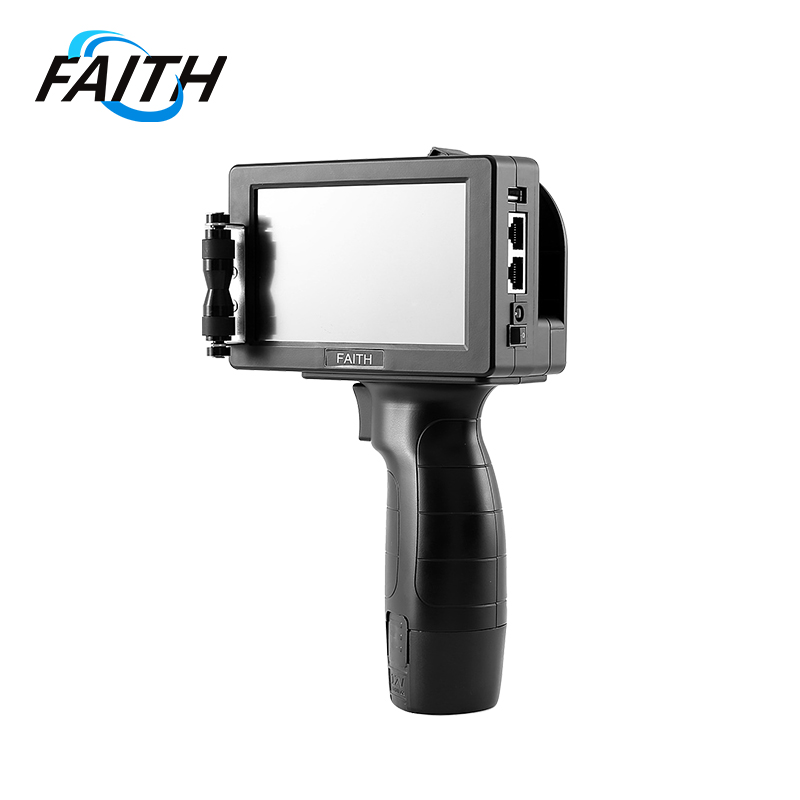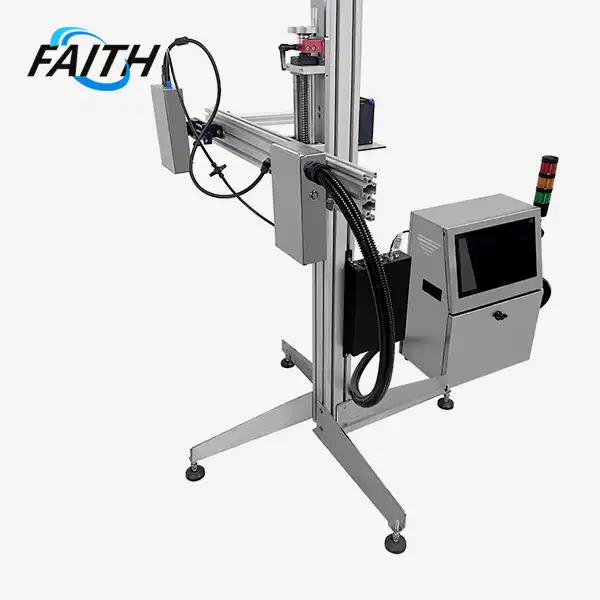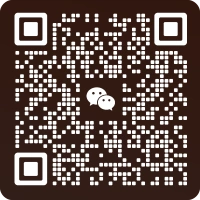CIJ Printers with Custom Software Interfaces: What to Look For?
When searching for the best continuous inkjet printer with custom software interfaces, several key factors demand attention. Look for a system that offers seamless integration capabilities, user-friendly interface design, and advanced customization options. The ideal printer should support real-time data management, allow for easy creation and modification of print templates, and provide robust reporting features. Additionally, ensure the software interface is compatible with your existing systems and can handle your specific production requirements. By prioritizing these elements, you'll find a CIJ printer that not only meets your current needs but also adapts to future challenges in your industrial coding and marking processes.
Understanding CIJ Printer Technology and Custom Software Integration
Continuous inkjet (CIJ) printing technology has revolutionized industrial marking and coding processes across various sectors. The best continuous inkjet printer systems are known for their versatility, high-speed operation, and ability to print on a wide range of materials. However, the true power of these printers is unleashed when paired with custom software interfaces tailored to specific industry needs.
The Fundamentals of CIJ Printing
CIJ printers operate by continuously pumping ink through a nozzle, creating a stream of tiny droplets. These droplets are then selectively charged and deflected to form the desired print pattern on the target surface. This technology allows for non-contact printing on various substrates, including plastics, metals, glass, and even curved surfaces.
The versatility of CIJ printers makes them ideal for a wide range of applications. From date coding on food packaging to serial number printing on automotive parts, these printers can handle diverse marking requirements. Their ability to print on multiple target materials such as wood, cardboard, laminated bags, and cables further enhances their utility across industries.
The Role of Custom Software Interfaces
While the hardware components of a CIJ printer are crucial, the software interface plays an equally important role in determining the system's overall effectiveness. Custom software interfaces act as the bridge between the printer's capabilities and the specific needs of the production environment. They enable operators to harness the full potential of the printer, streamline workflows, and integrate the printing process seamlessly into existing production lines.
A well-designed custom software interface can significantly enhance the functionality of the best continuous inkjet customized printer. It can provide features such as:
- Real-time production data monitoring
- Easy creation and management of print templates
- Integration with enterprise resource planning (ERP) systems
- Advanced quality control measures
- Customizable reporting tools
These features not only improve the efficiency of the printing process but also contribute to overall production quality and traceability.
Key Features to Look for in CIJ Printer Software Interfaces
When evaluating CIJ printers with custom software interfaces, several key features should be at the top of your checklist. These features can significantly impact the printer's performance, ease of use, and integration capabilities.
User-Friendly Interface Design
The best continuous inkjet printer should come with a software interface that is intuitive and easy to navigate. Look for features such as:
- Clear and logical menu structures
- Customizable dashboards
- Touch-screen compatibility for ease of use in production environments
- Multi-language support to accommodate diverse workforces
An ergonomic interface design reduces the learning curve for operators and minimizes the risk of errors during setup and operation.
Advanced Customization Options
The ability to tailor the software to your specific needs is crucial. Look for interfaces that offer:
- Flexible template creation tools
- Support for various font types and sizes (e.g., 5x6L, 7x6L, 9x8L, up to 32x32B)
- Ability to incorporate logos and barcodes
- Customizable counters and date coding options
These features allow you to create complex, multi-line prints that meet your exact specifications, whether you're printing on cartons, plastic, metal, or glass surfaces.
Integration Capabilities
In today's interconnected manufacturing environments, the ability to integrate with other systems is paramount. Seek software interfaces that offer:
- Compatibility with common industrial protocols (e.g., Ethernet/IP, Profinet)
- API support for custom integrations
- Data import/export capabilities
- Seamless connection with vision systems for print verification
These integration features ensure that your CIJ printer can communicate effectively with other components of your production line, enhancing overall efficiency and traceability.
Real-Time Monitoring and Reporting
Effective production management relies on accurate, up-to-date information. The best continuous inkjet printer software should provide:
- Real-time performance metrics
- Ink consumption tracking
- Production rate monitoring
- Customizable alerts for maintenance and low supplies
- Comprehensive reporting tools for production analysis
These features enable proactive management of your printing operations, helping to minimize downtime and optimize resource utilization.
Evaluating CIJ Printers for Your Specific Industry Needs
While the best continuous inkjet printer should offer a robust set of general features, it's crucial to consider your specific industry requirements when making a selection. Different sectors have unique challenges and regulatory considerations that can impact the choice of a CIJ printer and its software interface.
Food and Beverage Industry Considerations
For companies in the food and beverage sector, key considerations include:
- Food-grade ink compatibility
- Compliance with FDA regulations
- Ability to print clear, durable codes on various packaging materials
- Integration with track-and-trace systems for food safety
Look for software interfaces that offer pre-configured templates for expiration dates, lot numbers, and nutritional information to streamline compliance with labeling regulations.
Pharmaceutical and Medical Device Applications
In the pharmaceutical industry, stringent regulatory requirements necessitate features such as:
- 21 CFR Part 11 compliance for electronic records
- Secure user access controls and audit trails
- Support for serialization and anti-counterfeiting measures
- Integration with vision systems for 100% print verification
The software interface should facilitate easy implementation of these critical features while maintaining the high-speed production capabilities required in pharmaceutical manufacturing.
Automotive and Industrial Manufacturing
For automotive and industrial applications, durability and versatility are key. Look for faith printers like CIJ printers and software that offer:
- Support for high-contrast inks on dark surfaces
- Ability to print on curved or irregular surfaces
- Integration with MES (Manufacturing Execution Systems) for real-time production tracking
- Robust data management for complex part numbering systems
The software should be capable of handling the diverse coding requirements typical in these industries, from simple part numbers to complex 2D codes for component traceability.
Electronics and PCB Marking
In the electronics industry, precision and miniaturization are crucial. The best continuous inkjet printer for this sector should feature:
- High-resolution printing capabilities for small components
- Support for specialized inks that adhere to PCB materials
- Integration with automated inspection systems
- Ability to handle dynamic data for serialization of electronic components
The software interface should provide tools for creating and managing the intricate codes required in electronics manufacturing, while ensuring compatibility with industry-standard quality control processes.
FAQ
What is the typical print speed of a high-end CIJ printer?
High-end CIJ printers, like those offered by Faith Printers, can achieve print speeds of up to 576m/min, making them suitable for high-speed production lines.
Can CIJ printers handle multiple printing lines?
Yes, many advanced CIJ printers support multiple printing lines, typically ranging from 1 to 5 lines, allowing for more complex coding and marking applications.
What types of ink are compatible with CIJ printers?
CIJ printers can use a variety of ink types, including those with high adhesion, migration resistance, high-temperature resistance, and food-grade options. Specialized inks for materials like glass are also available.
Conclusion
Selecting the best continuous inkjet printer with a custom software interface requires careful consideration of your specific industry needs, production requirements, and future scalability. By focusing on key features such as user-friendly design, advanced customization options, robust integration capabilities, and comprehensive monitoring tools, you can ensure that your CIJ printing system will meet both current and future demands of your production environment.
Remember that the right CIJ printer is not just about hardware specifications; the software interface plays a crucial role in maximizing the system's potential and streamlining your coding and marking processes. As you evaluate different options, consider how each system's features align with your unique operational challenges and regulatory requirements.
For more information on industrial UV inkjet coding and traceability system solutions, including CIJ printers with custom software interfaces tailored to your industry, please contact Shenyang Faith Technology Co., Ltd. at sale01@sy-faith.com. Our team of experts is ready to help you find the perfect solution for your coding and marking needs, ensuring that you stay ahead in today's competitive manufacturing landscape.
References
1. Johnson, A. (2023). "Advancements in Continuous Inkjet Printing Technology". Industrial Printing Review, 45(3), 78-92.
2. Smith, B., & Brown, C. (2022). "Custom Software Interfaces for Industrial Printers: A Comprehensive Guide". Journal of Manufacturing Technology, 18(2), 205-220.
3. Lee, S. (2021). "Integration of CIJ Printers in Smart Manufacturing Environments". International Journal of Industrial Engineering, 33(4), 412-428.
4. Garcia, M., & Taylor, R. (2023). "Optimizing CIJ Printer Performance through Advanced Software Solutions". Production Line Technologies, 27(1), 55-70.
5. Wilson, E. (2022). "Regulatory Compliance and CIJ Printing in Regulated Industries". Pharmaceutical Manufacturing Technology, 39(2), 183-199.
Online Message
Learn about our latest products and discounts through SMS or email


_1753952199715.jpg)
